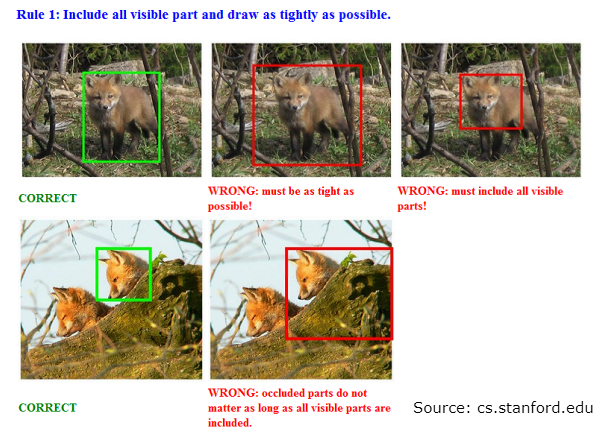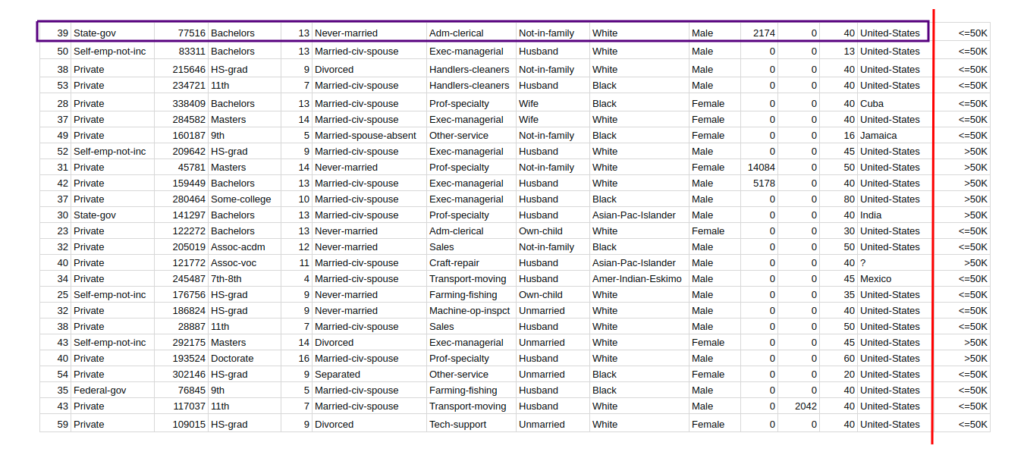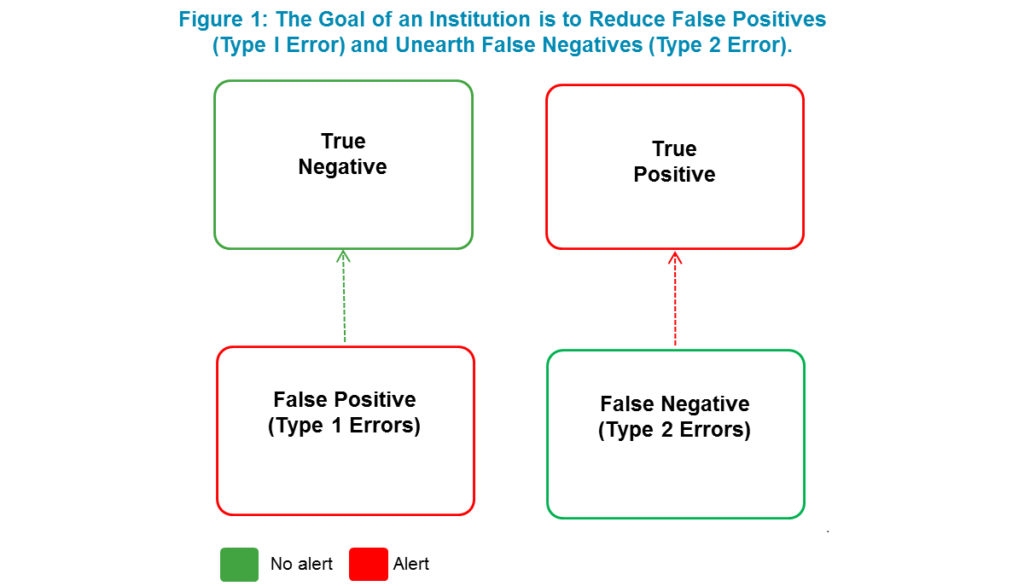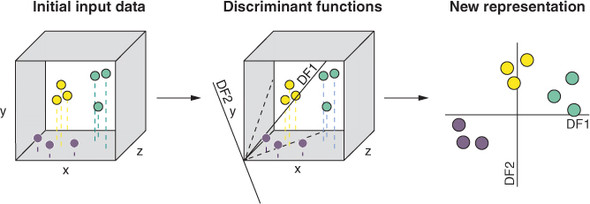In recent years, machine learning has become an increasingly popular technology with a wide range of applications. One of the key components of machine learning is the ability to recognize and categorize different types of data, including images. This presents a unique challenge for developers and data scientists alike: how do you label images in a way that can be understood by machines?
Labeling images for machine learning is a critical step in the development process, as it allows the machine to learn from the data and improve its accuracy over time. However, it is not as simple as just adding a name or description to an image. In fact, there are many different methods and techniques that can be used to label images, each with their own advantages and disadvantages. In this guide, we will explore some of the best practices for labeling images for machine learning, including tips and tricks for optimizing accuracy and efficiency.
Labeling images for Machine Learning: The first step is to create a dataset of images that you would like to label. Once you have collected the images, you can use a tool like LabelImg to label each image with the corresponding class name. It is important to ensure that the images are labeled accurately and consistently. After labels are created, you need to split the dataset into training, validation, and testing sets. Finally, you can feed the dataset into a Machine Learning model for training and testing.
Step-by-Step Tutorial:
- Collect the images you would like to label.
- Using a tool like LabelImg, label each image with the corresponding class name.
- Split the dataset into training, validation, and testing sets.
- Feed the dataset into a Machine Learning model for training and testing.

How to Label Images for Machine Learning?
Labelling images for machine learning is a process that requires careful consideration and effort. It involves the use of sophisticated algorithms and techniques to accurately label images and classify them into different categories. Labelling images for machine learning is essential for a successful machine learning system as it helps the system to recognize and understand patterns and objects in the images.
Steps to Label Images for Machine Learning
Step One: Selecting the Right Image
The first step in the process of labelling images for machine learning is to select the right image. This is important as it needs to be of high quality with clear features and objects. The image should also be suitable for the application and should be properly scaled.
Step Two: Labelling the Image
Once the right image has been selected, it is important to label the image accurately. This is done by using a labeling tool that allows the user to draw boxes around objects and assign labels to them. The tool should also allow the user to adjust the labels, if necessary.
Creating the Dataset
Once the images have been labeled, the next step is to create a dataset. This is done by taking the labeled images and converting them into a structured dataset that can be used by machine learning algorithms. The dataset should include the labels and the corresponding images.
Training the Model
The next step is to train the machine learning model using the dataset. This is done by using various techniques such as supervised learning, unsupervised learning, and reinforcement learning. The model is then tested and evaluated to ensure it is able to accurately classify and recognize the objects in the images.
Validating the Model
Once the model is trained, it needs to be validated to ensure it is performing correctly. This is done by testing the model on a set of images that it has not seen before. The results are then compared to the labeled images and the accuracy of the model is assessed.
Deployment of the Model
The final step in the process of labelling images for machine learning is to deploy the model. This is done by integrating the model into an application or website. This ensures that the model is able to recognize and classify objects in real-time.
Frequently Asked Questions
Labeling images for machine learning is an important part of the development process. Knowing the correct way to label images can help ensure the accuracy of the machine learning model. Here are some frequently asked questions about how to label images for machine learning.
How do I choose labels for my images?
When labeling images for machine learning, it is important to choose labels that accurately represent the contents of the image. A good way to start is to think of the purpose of the machine learning model and the types of objects it should be able to recognize. Once you have identified the types of objects you want the model to recognize, you can create labels for each object. Make sure the labels are clear and consistent, so that the machine learning model can easily recognize them.
How do I label my images?
Once you have chosen the labels for your images, you can begin the process of labeling them. There are several methods that can be used to label images, including manual labeling, automated labeling, and crowdsourced labeling. Manual labeling is when the images are labeled by hand, while automated labeling uses algorithms to label the images. Crowdsourced labeling involves having multiple people label the images. Each method has its own pros and cons, so it’s important to consider which method is best for your project.
What are the best practices for labeling images?
When labeling images for machine learning, it is important to follow best practices to ensure the accuracy of the model. The labels should be clear, consistent, and accurate. Additionally, avoid using ambiguous labels, such as “a” or “the”, as these can cause confusion for the machine learning model. Also, make sure to label each image the same way, so that the model can learn to recognize the object in the image.
Are there any tools available to help with image labeling?
Yes, there are a number of tools available to help with image labeling. For example, there are software programs that can be used to automate the labeling process, as well as crowdsourcing platforms that allow multiple people to label the images. Additionally, there are AI-powered tools that can be used to label images more quickly and accurately.
How do I ensure the accuracy of my labels?
It is important to ensure the accuracy of the labels in order to ensure the accuracy of the machine learning model. To do this, it is important to review the labels and make sure they are consistent and accurate. Additionally, it is important to check for any errors or mistakes in the labels. If any mistakes are found, they should be corrected immediately. Finally, it is important to test the model with a variety of images to ensure that the labels are correct.

In conclusion, labeling images for machine learning is a crucial step for achieving accurate and efficient results. It is important to understand the various types of labels and the different annotation tools available in order to choose the right method for your project. By following the best practices and guidelines for labeling, you can ensure that your data is reliable and consistent, which will ultimately lead to better performance of your machine learning algorithms.
As the field of artificial intelligence continues to grow and evolve, the need for high-quality labeled data will only increase. Therefore, it is essential for researchers, developers, and data scientists to stay up-to-date with the latest labeling techniques and technologies. By investing in proper labeling practices, we can unlock the full potential of machine learning and create innovative solutions that can transform the world around us.



